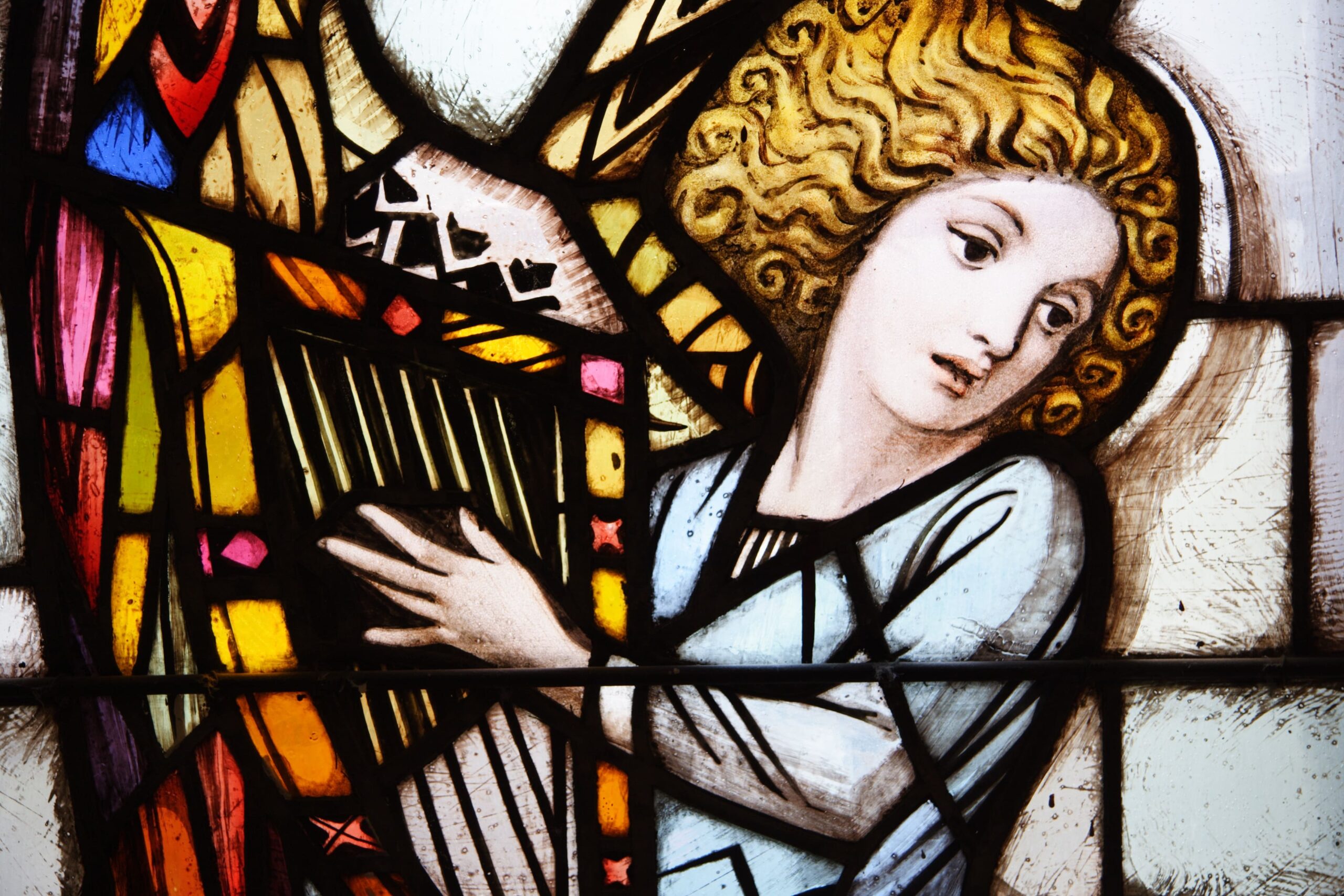The Lost Region: Toward a Revival of Midwestern History
by Jon K. Lauck (Iowa City: University of Iowa Press, 2013)
Frederick Jackson Turner’s 1893 lecture on “The Significance of the Frontier in American History” lit a number of academic fires. Presented at a meeting of the American Historical Association, held that year in Chicago in conjunction with the World’s Columbian Exposition, the talk was a shot across the bow of the East Coast historical establishment: “a protest against eastern neglect,” as Turner later explained. The American character, he argued, derived from the confrontation of pioneers with the Western wilderness, a process that began with the first settlers in the early seventeenth century and ended with the official “closing of the frontier” in 1890. This overwhelmingly agrarian experience had freed Americans from the detritus of Europe, forging a new people characterized by a rough sociability tied to initiative, strength, individuality, and true democracy.
The lecture also launched a remarkable turn by many American historians away from a focus on the national narrative and toward the regions. Turner’s own published work led the way. While himself a ninth-generation descendant of the Puritans, he was Wisconsin-born and found his personal and intellectual identity in that place. His regionalist essays would eventually be collected in the volume The Significance of Sections in American History, which won the Pulitzer Prize.
(As an aside, and as Professor Turner would insist, I should note here my own bias, derived from academic lineage. My doctoral dissertation adviser at Ohio University was Carl G. Gustavson; his adviser at Cornell had been Carl Becker; and his adviser at the University of Wisconsin had been F. J. Turner; so we are “family” of a sort.)
Other historians joined in: Clarence Alvord at Illinois (author of The Mississippi Valley in British Politics); Theodore Calvin Pease, also at Illinois; Louis Pelzer at the University of Iowa; Frederic Logan Paxson, whose History of the American Frontier, 1763–1793 won the Pulitzer Prize in 1925; and Carlyle Buley, author of the massive, two-volume The Old Northwest, which also claimed a Pulitzer in 1951.
The story of the emergence of these and other Prairie Historians as an important presence in American intellectual life is ably told in Jon K. Lauck’s compact book The Lost Region: Toward a Revival of Midwestern History. An economic historian, attorney, and senior adviser to South Dakota senator John Thune, Lauck places Turner at the center of his narrative, yet shows the deeper roots of this movement. Notably, attention to local and regional history had already blossomed at a popular level in the Midwest, starting with the founding of the State Historical Society of Wisconsin in 1846. (Its splendid library still rests as an independent island within the University of Wisconsin-Madison sea, featuring a Main Reading Room that rivals that of the Library of Congress; also within its walls is the space where Turner first held his Seminar on the American Frontier.)
In 1907 seven historians gathered to launch the Mississippi Valley Historical Association (MVHA); the old-line American Historical Association (AHA) bitterly opposed its creation. All the same, by 1923 the MVHA counted 840 members. It launched The Mississippi Valley Historical Review, with Alvord as its first editor. Unlike the AHA, the MVHA actively recruited high school teachers to its membership and worked closely with the state societies. The Prairie Historians expanded the scope of history as well. Turner has properly been called America’s “first self-conscious social historian,” and he joined with others in 1919 to create the Agricultural History Society, another project opposed by the AHA.
Lauck neatly summarizes the distinctive analytical approach developed by the Prairie scholars. To begin with, unlike many eastern historians who emphasized elaborate narratives, the midwesterners demanded scientific objectivity and exhaustive archival work. As Pelzer told his graduate students, “You’ve got to wear out the seat of your pants in the library.” Paxson advised his male students to avoid women in favor of time in the archives: “you can’t get married until you’ve taught for 5 years.” The Prairie Historians also insisted that history must be studied from the bottom up: strong local histories were necessary to larger interpretations. As one of their number, James Malin, explained: “all history of human activity must necessarily start from the individual at a particular time and place.”
Moreover, they understood “The Great Valley” formed by the Mississippi to have distinctive qualities. Jefferson had hoped that it would be the place for an “empire of liberty,” and it would, in fact, be defined by small farms and small towns. The region was home to “agrarian republicanism,” where good land was available at a negligible price for “all improvers.” Settlers in the Midwest formed “a living stream of freedom.” They were the first group to check “the Slave Power” in Kansas and Nebraska. And it was the men and boys of the Midwest, from foot soldiers to generals to a president, who determined the outcome of the Civil War.
Settled by many ethnicities, the Midwest exhibited most completely the “solvent power” of the American experience. Its ethnic and cultural blending contrasted mightily with “the ethnic clumping, chronic tensions, and persistent despotism in Europe” (Lauck). As Turner explained, Midwesterners “never shed each other’s blood and . . . have never desired to do so.” At a time when European universities uniformly banned the teaching of American history (the sole exception was in stalwart Switzerland), the Midwest showed the frontier to be the “great leveler,” a place dominated by an egalitarian “middling” class, the incubator of authentic and renewing democracy. Even the populist movement of the late nineteenth century, largely spawned in the Midwest (recall William Jennings Bryan), fit into this narrative, an argument advanced by Solon Buck (The Granger Movement and The Agrarian Crusade) and John D. Hicks (The Populist Revolt).
Lauck argues, however, that sometime around World War II “the Prairie Historians’ project began to fall apart.” Just as in art and literature, Regionalism in historical interpretation was a casualty of the Good War. American victories over fascism in Europe and Japanese militarism in Asia, combined with an emerging global Cold War against communism, placed a premium on—or some would say demanded—fresh attention to the national narrative. This merged, in turn, with a broader assault on the perceived midwestern dominance of American life. In and out of the academy, strong voices cast regionalism as part of a “detrimental” and “useless” past. The “village minds” dominant in the Midwest, they said, harbored anti-Semitism and other dark thoughts. According to Richard Hofstadter, Midwest populism was merely another form of reactionary agrarian politics, complete with latent pogroms. Others labeled the regional art of Grant Wood and his kind as fascist. Aspiring young historians went out of their way to give Turner and his thesis good strong kicks.
By the 1950s, Lauck shows, the cohesion among the Prairie Historians had also dissolved. In 1947 the Mississippi Valley Historical Society terminated its Teachers’ Section, ending efforts to promote local history in the schools. Pressure grew within the society to abandon its regional focus, finally achieved in the 1960s with transformation of its chief publication into a nationalized Journal of American History. Over the next several decades, other attempts to launch a new historical journal covering the Midwest sputtered and died. By the early twenty-first century, midwestern history was a “weak and declining field,” virtually comatose, a “barren landscape,” “a nonexistent region.”
The oddity, though, was that other American regions survived the antiregionalist onslaught. Study of the Far West has actually thrived in recent decades. And while the ample history faculty at the University of Minnesota has recently offered not a single course on the state’s or region’s history, the University of Georgia has nine historians focused full time on the South.
Why? Part of the problem, Lauck suggests, lies in the relatively benign nature of the Midwest’s past: few dramatic conflicts; no signs of broad alienation; a pervasive politeness. In contrast, the “Lost Cause” seems to be a limitless inspiration for historical minds in the South. In addition, Lauck asks whether the “blind spots and flaws” of the Prairie Historians contributed to their failure. He shows that they paid little attention to women, African-Americans, and industrial workers as special subjects; then again, “old-guard” historians on the East Coast did no better.
On the other hand, the Prairie Historians devoted considerable time to the study of American Indians. Lauck’s remarkably intensive review of their writings and private letters actually revealed less evidence of racism and anti-Semitism than he had anticipated. He also examines the “clubby” nature of these early-twentieth-century historians: the popularity of “smokers” at MVHA meetings, “floozy dinners,” “tweed coats and pipes,” “much informal entertaining,” and other “trappings of the cultivated intellectual.” While your reviewer finds little to criticize here, Lauck makes the more important point that such arguably eccentric behaviors were frequently balanced by others rarely found among faculty members out east: active engagement in local churches, membership in Lions and Rotary clubs, and other signs of attachment to their broader communities.
Lauck concludes that “Turner’s old rebellion is worth remembering”; and just as the original Prairie Historians had once “made the practice of history in the United States better, more complete and more balanced,” a new generation could do so again. Borrowing a line from the fine Iowa novelist of the 1930s, Ruth Suckow, he urges “a sharpening course” that would once more turn “a few middle-westerners into fighters.”
Specific strategies follow, ranging from pressure by regents and alumni on university history departments in the Midwest to offer at least a course on the region to (perhaps more whimsically) a request, to Nebraska’s Warren Buffett to fund a new Journal of Midwestern History.
Remarkably, events have quickly outrun Lauck’s book. His ideas, published not so many months ago, fell again as fire on a dry prairie. Laudatory reviews in prominent newspapers and magazines, well-attended lectures in places such as Chicago’s Newberry Library, and an upwelling of the historically minded sons and daughters of the Great Valley quickly produced results: the launch in 2014 of the Middle West Review, an interdisciplinary journal with a strong historical component, and published by the University of Nebraska Press (albeit apparently without any Buffett money); the birth a few months later of the Midwestern History Association, with Jon Lauck as president, joined by hundreds of enthusiastic allies and friends; and the recent creation by that association of the Jon Gjerde Prize for the best new book in Midwestern history. This memorializes the late Iowa-born historian whose stunning 1997 book, Minds of the West: Ethnocultural Evolution in the Rural Middle West, 1830–1917, is rightly regarded as a model for a new style of regional history.
In short, there is good news from the Academy. The Prairie Historians have returned, shaking up once again a weary establishment and giving due attention in this new century to the great saga of the Middle West. ♦
Allan C. Carlson is president of the Howard Center for Family, Religion, and Society in Rockford, Illinois, and author most recently of The Natural Family Where It Belongs: New Agrarian Essays, now available in paperback.













